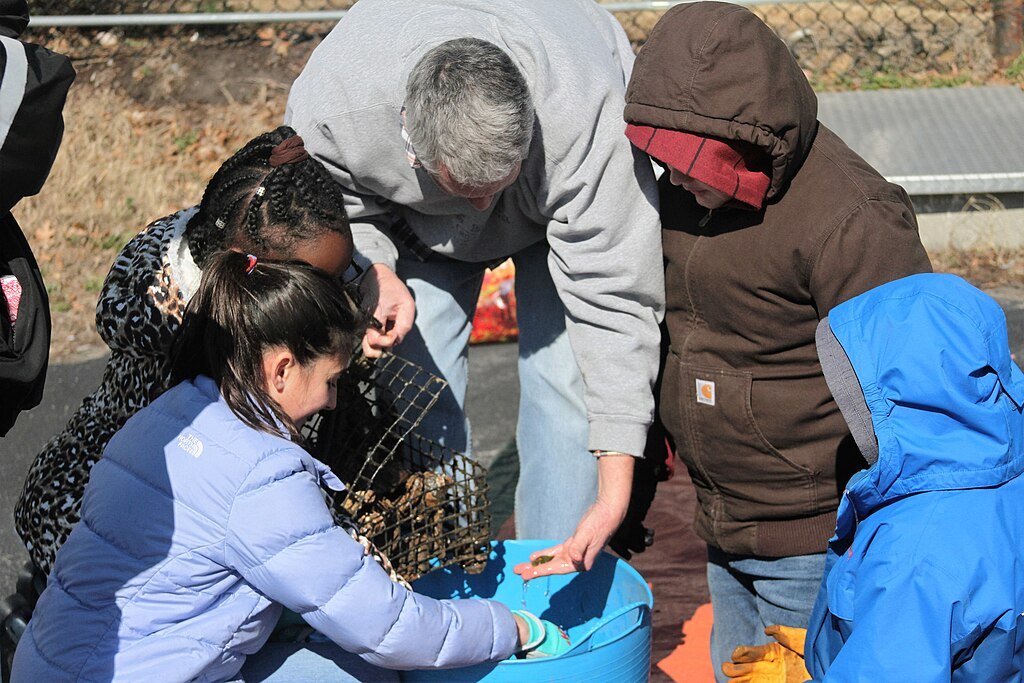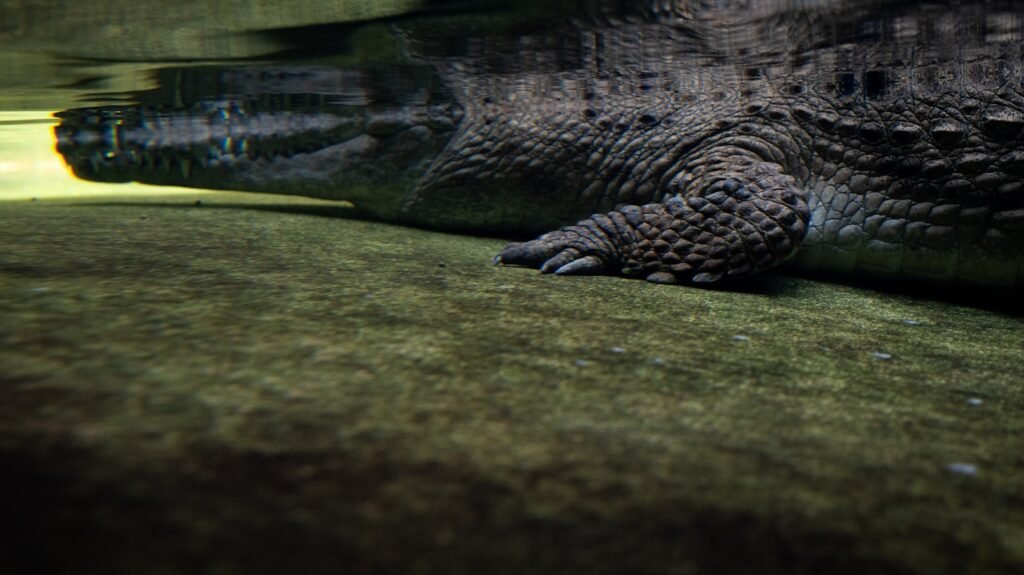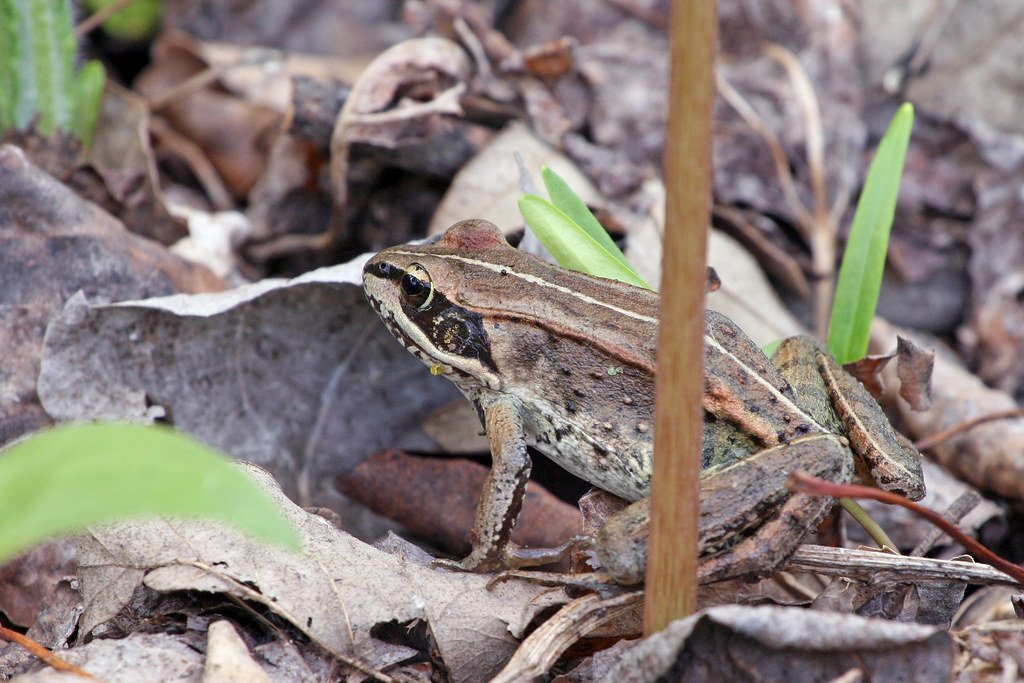A growing movement of oyster populations in the Chesapeake Bay, reviving their natural ability to filter water and support marine ecosystems. Volunteers like Kimberly Price are raising thousands of oysters at their waterside homes before planting them in sanctuary reefs, where they contribute to environmental restoration. The success of this initiative underscores the critical role oysters play in maintaining water quality and biodiversity.
The Role of Oysters in Water Filtration
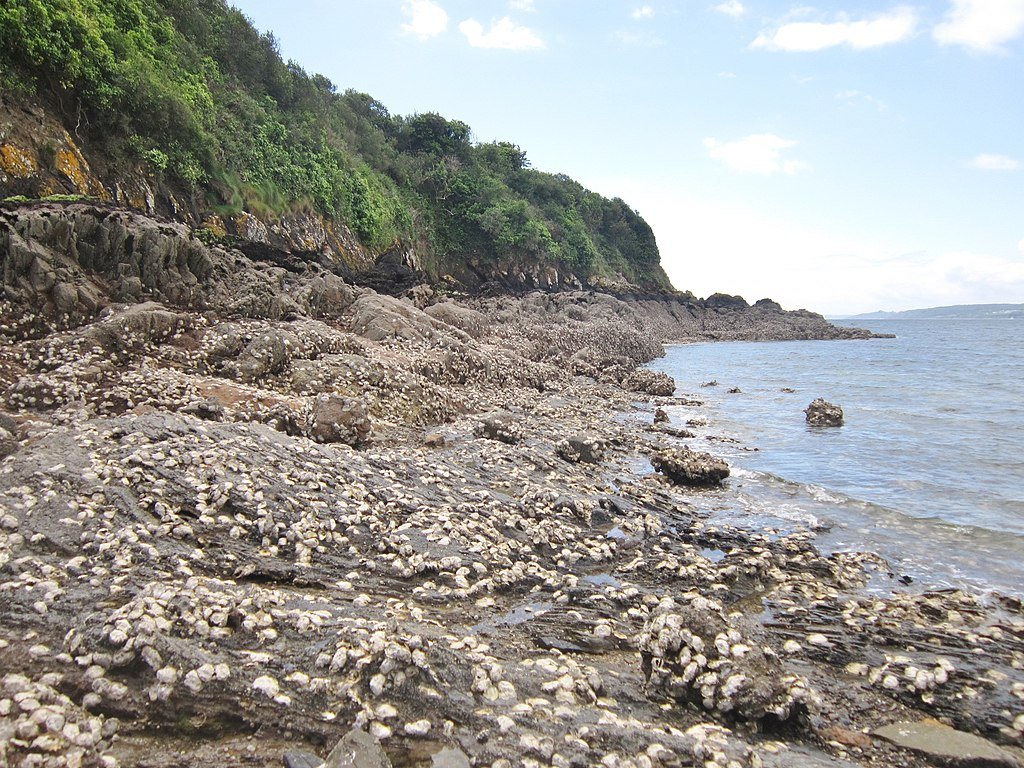
Oysters are more than just a seafood delicacy—they are powerful natural water filters. A single adult oyster can process up to 50 gallons of water per day, removing excess nutrients and improving water clarity. This filtration helps maintain a balanced ecosystem by supporting aquatic plant growth, reducing harmful algal blooms, and enhancing biodiversity. Additionally, oysters contribute to climate mitigation by capturing carbon dioxide, further solidifying their importance in marine conservation.
The Decline of Chesapeake Bay’s Oyster Population
The Chesapeake Bay once thrived with abundant oyster populations, but overharvesting, pollution, and disease have led to a dramatic decline. Since the late 19th century, the native oyster population has decreased by 99 percent. Efforts by conservation organizations, including the Chesapeake Bay Foundation, aim to reverse this decline through large-scale restoration projects. Their initiative to add 10 billion new oysters by the end of 2025 has already planted 6.7 billion, showing measurable progress in ecosystem recovery.
How Oyster Gardeners Are Making a Difference
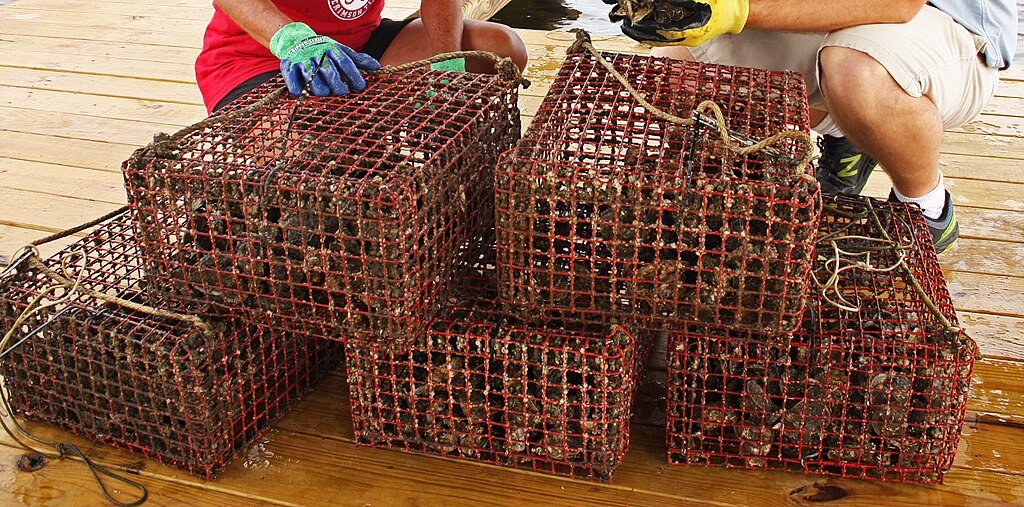
Oyster gardeners raise baby oysters in cages at their docks, ensuring they reach adulthood before being placed in protected reefs. Many of these oysters grow on recycled shells collected from restaurants and seafood markets, highlighting the importance of sustainability in conservation efforts. Volunteers regularly monitor and clean the cages to prevent oxygen-blocking organisms from hindering oyster growth. This hands-on approach allows communities to actively participate in environmental restoration, strengthening local engagement with marine conservation.
Challenges and Future Restoration Efforts
One of the biggest challenges facing oyster restoration is the depletion of suitable habitats. Historically, oyster shells were removed for construction and landscaping, reducing the natural surfaces where new oysters could settle. To address this issue, conservationists are working to replenish these habitats by recycling shells and developing artificial reefs. Additionally, researchers are exploring ways to enhance oyster resilience against environmental stressors such as climate change and water pollution.
Conclusion
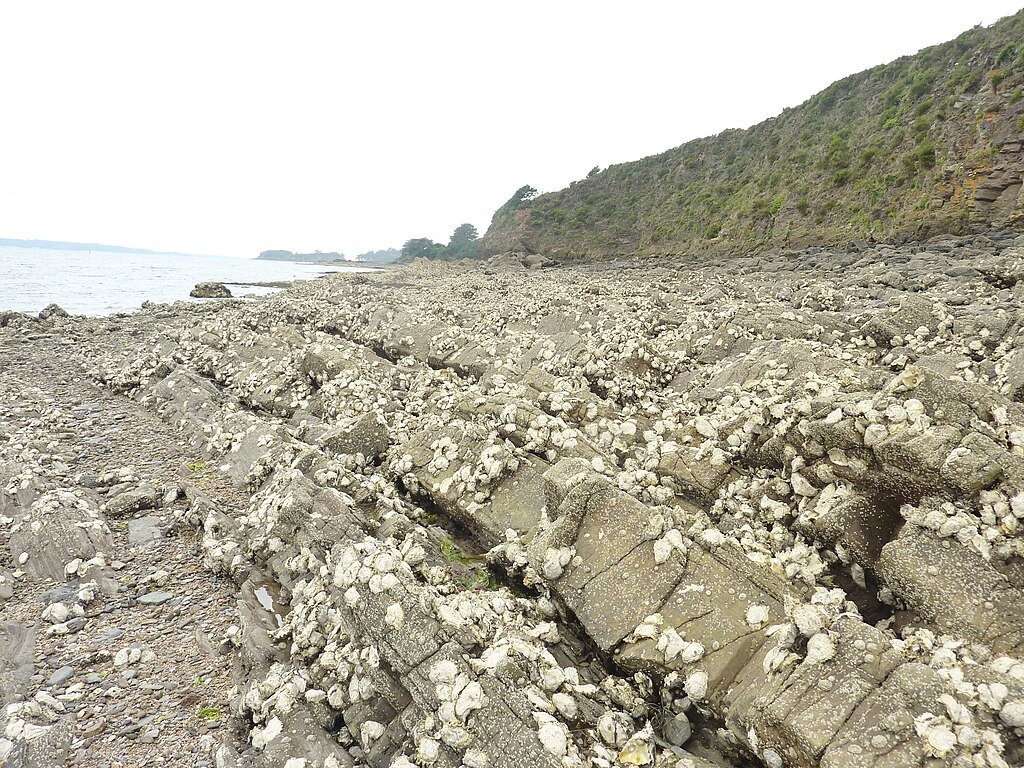
Oyster gardening has emerged as a key strategy in restoring Chesapeake Bay’s ecosystem. As more volunteers join the effort, the region’s oyster population continues to recover, offering hope for cleaner waters and healthier marine habitats. With sustained conservation efforts, oysters may once again thrive, providing long-term ecological benefits for generations to come.
Source:


